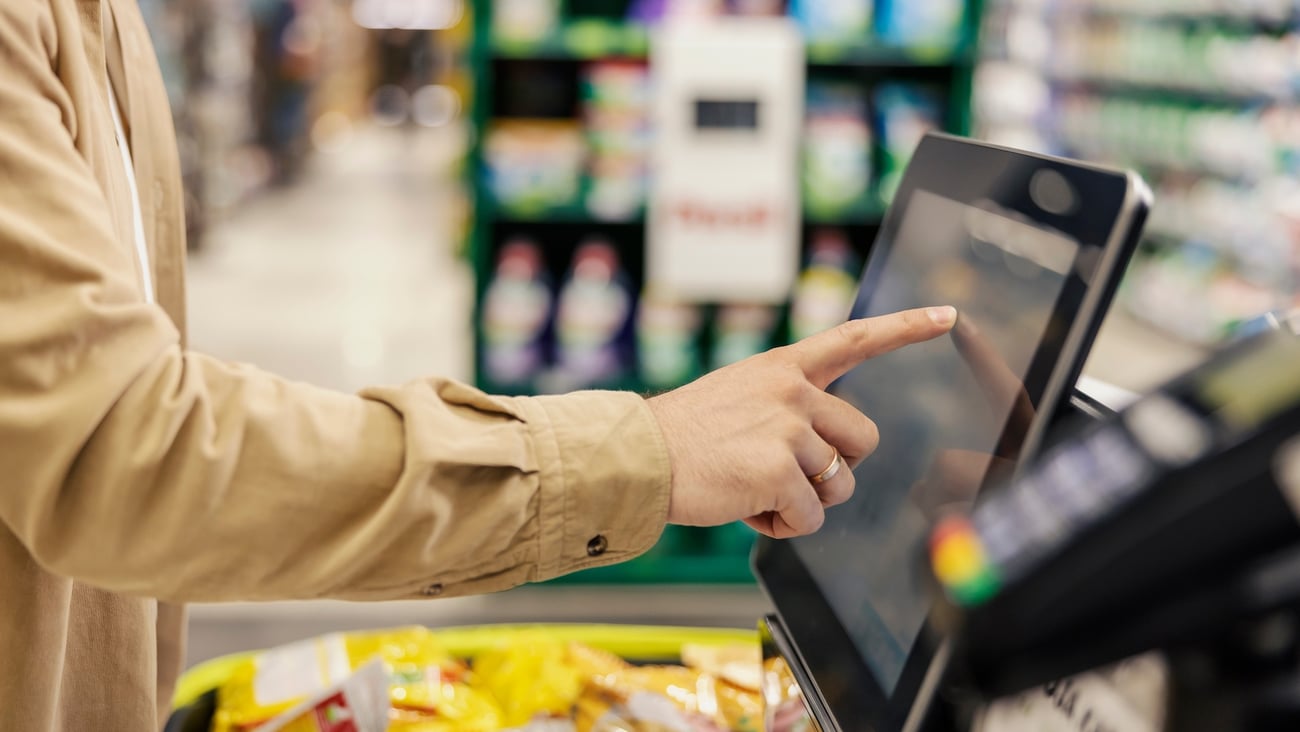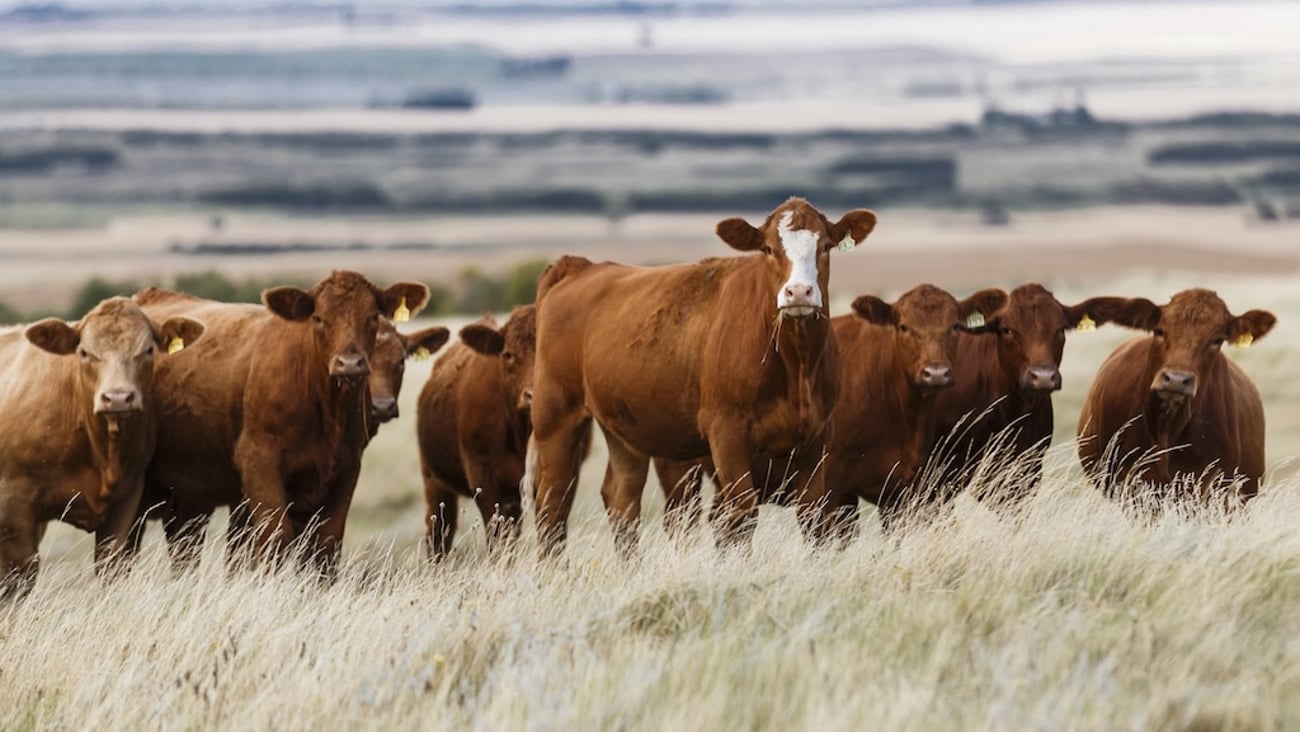Rising food prices could leave Canadians feeling 'sandwiched'
Canada’s Food Price Report was recently released and brought some disconcerting news to Canadians. We could see food prices go up by as much as 5% in 2021--the highest increase ever predicted by the report's authors, a group of 24 scholars from four different universities. For a family of four, the food bill could go up by as much as $695 next year. Steep.
Meat, bakery goods and vegetables are likely to rise by up to 6% next year. Some will say there is nothing wrong with food inflation, as long as income follows suit. True, but with a very low inflation rate, Canadian households are facing higher food bills with nothing more in their pockets. In fact, this has been going on for a while, which explains why food banks are busier than ever. Even though Canadians have access to one of the cheapest food baskets in the world, the pace of change is unmanageable for many. Keeping up is challenging.
Many are convinced food prices are actually going up due to the carbon tax. The tax started at $20 per ton in 2019 and will rise $10 per ton each year until reaching $50 per ton in 2022. There is merit in suggesting that extra costs incurred by all operators in the food chain, from farm to fork, can eventually affect food prices at retail. But the evidence to make such a claim is unclear at best. British Columbia has had a carbon tax since 2008, and food prices at retail have remained stable over the last decade.
Unlike a sales tax, the carbon tax is conveniently discreet for revenue-thirsty governments and will penalize those who emit more carbon. The carbon tax affects supply chain economics, which is hidden from consumers. But it also discriminates against those with little or no options in operating their business. Farmers have been unfairly targeted by such policies and a change would be key for them. But the debate on whether the carbon tax is affecting consumers is still ongoing.
Taxes and food rarely mix well together. If it doesn’t hurt those who provide us with food, it will eventually hit consumers one way or another. All levels of governments across the country will be eager to seek more revenue, as most are incurring record-breaking debt.
Already, rumours are swirling about increasing taxes on wine, beer and spirits. Most liquor boards have seen sales increase by 3% to 4% since the beginning of the pandemic. The temptation to increase revenue here will be significant. There are also talks about taxing sugary food and drinks. Not only can these measures be seen as regressive, but funds collected through these fiscal measures end up supporting other pet projects that often have nothing to do with nutrition or health in general.
All levels of government will likely be looking for some dollars. Provinces could increase income and sales taxes as much as the federal government could. Capital gains on primary residences is being rumoured as a possibility. Municipalities could be tempted to increase municipal taxes. You get the picture.
We can talk about food prices going up all day, but chances are the disposable income most households have could shrink as a result of massive COVID-19 relief programs. Most households went into the pandemic spending about 10% to 11% of their disposable income. Higher food prices and low inflation, coupled with a much more imposing fiscal burden on Canadians, could make us all feel sandwiched, as it were. In a few years, most households could be spending 14% to 15% of their disposable income on food.
Some households can still cope, but many Canadians will struggle in 2021. This is why we need to think about the less fortunate and act out of kindness.




